Optimal Timing for Weather Stripping
Weather stripping installations are most effective when performed under specific environmental conditions. Proper timing ensures optimal adhesion, sealing, and longevity of the materials used. Understanding seasonal and temperature considerations can help maximize the benefits of weather stripping.
Late spring and early fall are recommended for weather stripping due to moderate temperatures and lower humidity levels, which facilitate better adhesion and sealing.
Installing weather stripping when temperatures are between 50°F and 85°F ensures optimal material flexibility and adhesion, reducing the risk of future gaps or detachment.
Low humidity conditions prevent moisture from interfering with adhesive bonding, leading to more durable and effective weather stripping.
Perform installations during dry weather and avoid periods of rain or high humidity to ensure proper adhesion and sealing.
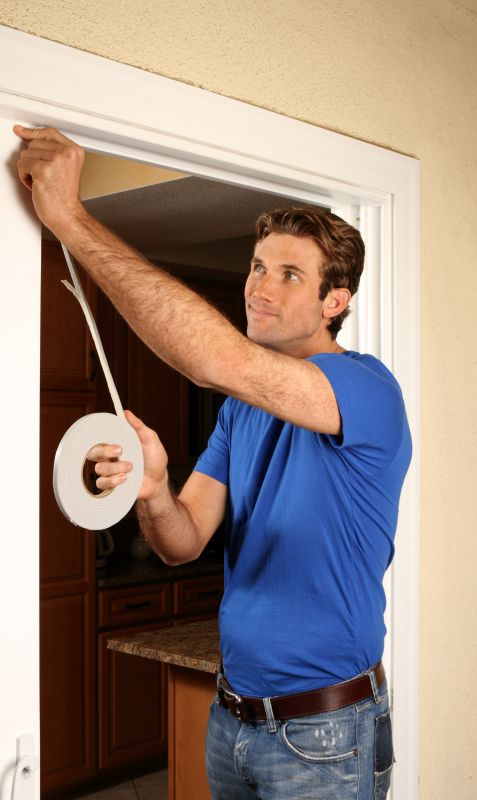
Spring's mild temperatures create ideal conditions for effective weather stripping application.
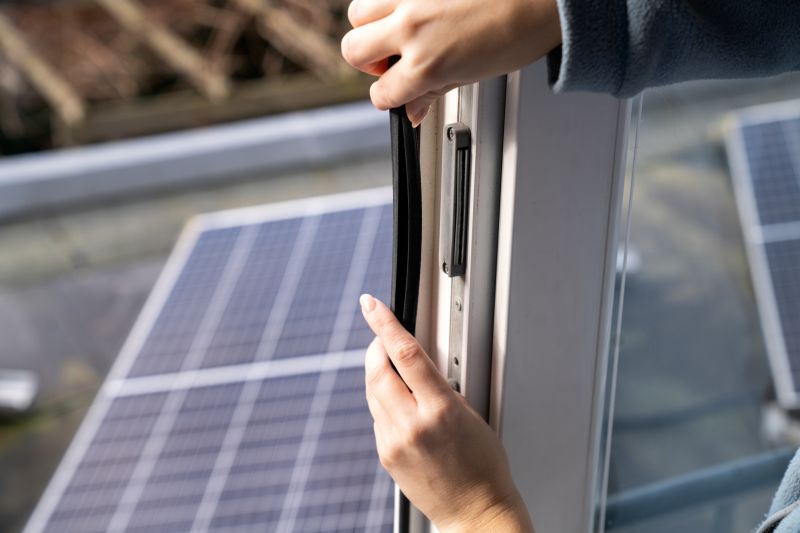
Fall offers cooler, dry conditions suitable for sealing gaps and preventing drafts.

Installation during temperatures between 50°F and 85°F ensures best results.

Ways to make Weather Stripping Installations work in tight or awkward layouts.

Popular materials for Weather Stripping Installations and why they hold up over time.
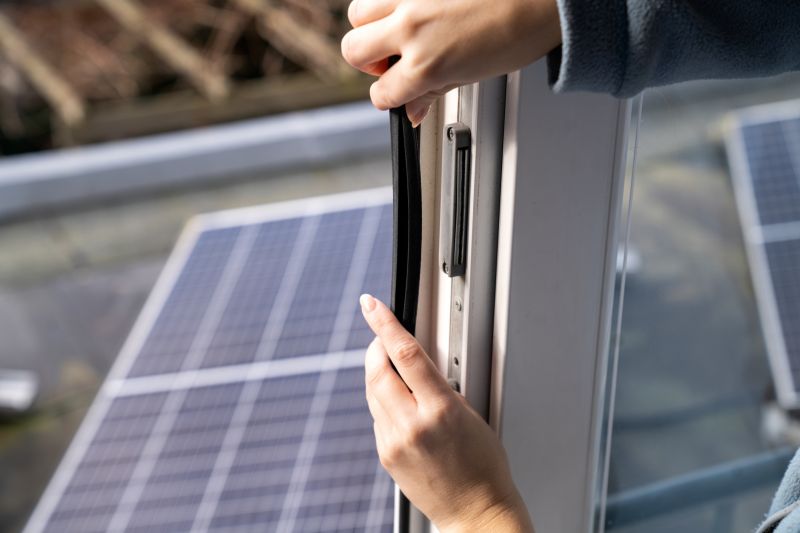
Simple add-ons that improve Weather Stripping Installations without blowing the budget.
| Season/Condition | Recommended Timing |
|---|---|
| Spring | Late March to early June |
| Fall | September to November |
| Ideal Temperature Range | 50°F to 85°F |
| Humidity Level | Low to moderate |
| Weather Conditions to Avoid | Rain, high humidity, extreme cold or heat |
Weather stripping installations involve sealing gaps around doors, windows, and other openings to prevent air leaks. Proper installation enhances energy efficiency, reduces utility costs, and improves indoor comfort. Materials such as foam, rubber, or vinyl are commonly used, each requiring specific environmental conditions for optimal performance. Statistics indicate that well-maintained weather stripping can reduce heating and cooling costs by up to 15%, demonstrating its importance in building maintenance.
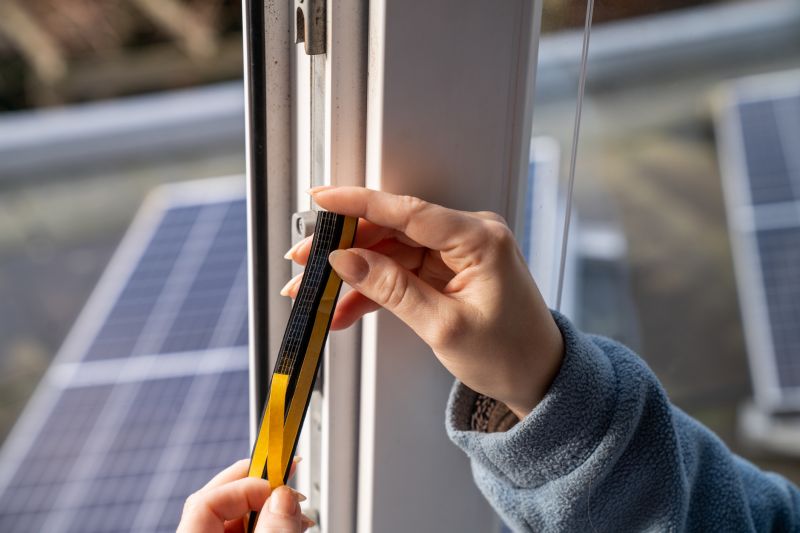
Proper weather stripping around doors prevents drafts and improves energy efficiency.

Sealing window gaps reduces heat loss and enhances comfort.
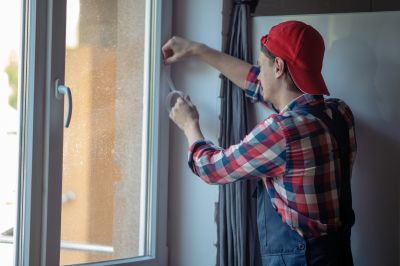
Correct application techniques ensure durability and effectiveness.
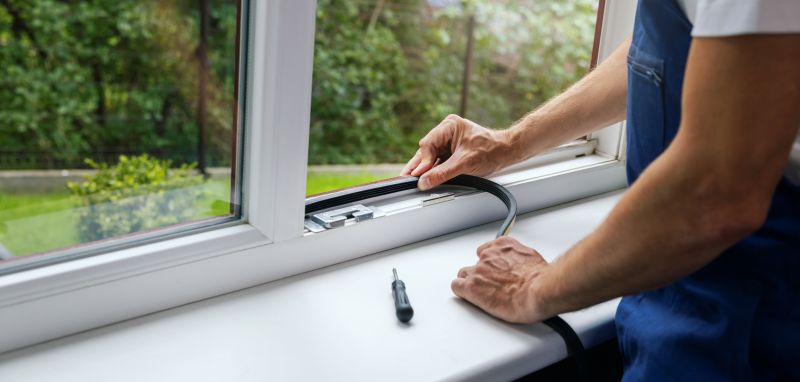
Regular inspections and replacements extend lifespan and performance.
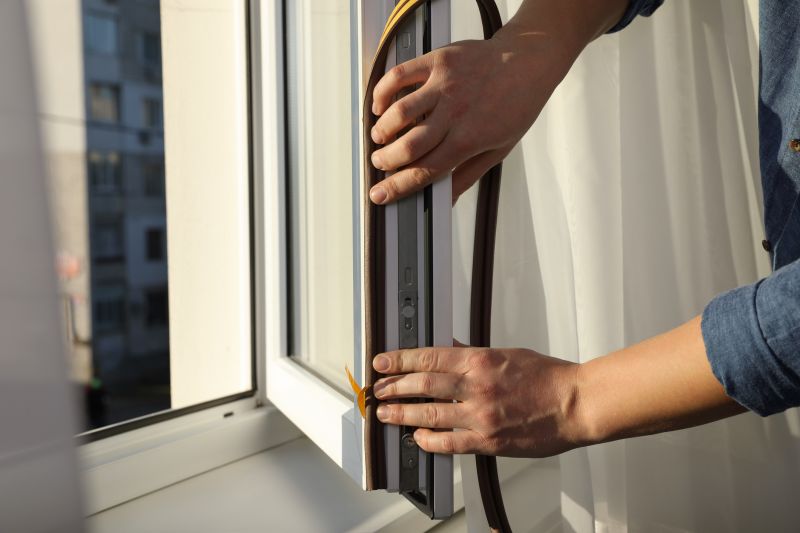
High-end options that actually feel worth it for Weather Stripping Installations.
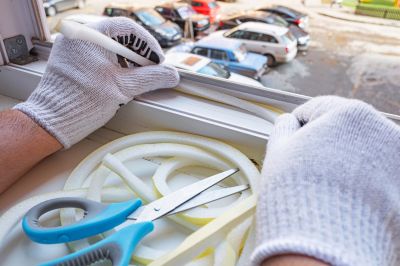
Finishes and colors that play nicely with Weather Stripping Installations.

Little measurements that prevent headaches on Weather Stripping Installations day.

A 60-second routine that keeps Weather Stripping Installations looking new.
Interested in improving energy efficiency through weather stripping? Filling out the contact form can provide additional information and assistance for scheduling installations during optimal periods. Proper timing and installation techniques can significantly impact the effectiveness and lifespan of weather stripping, making it a valuable investment in building maintenance.



